coming soon! Hawaiian-inspired skin care made with island botanicals & aloha!

The "Other" Labels
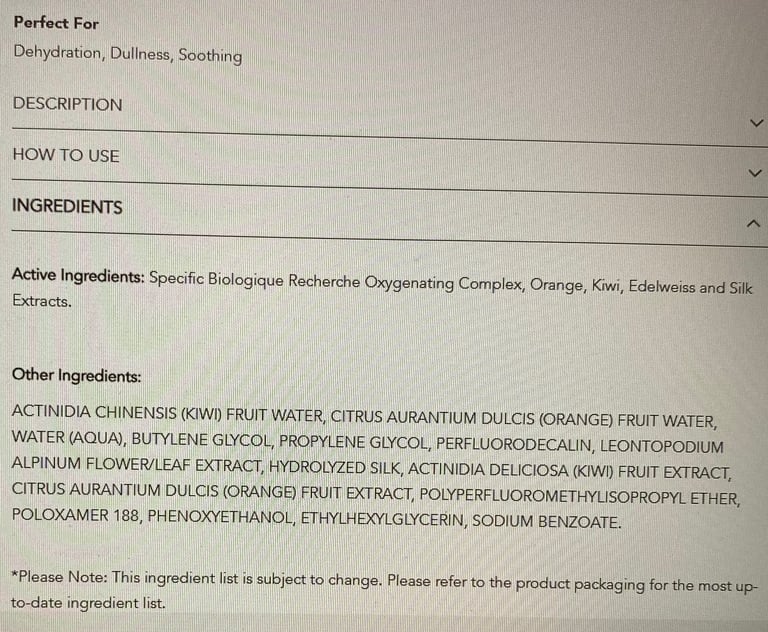
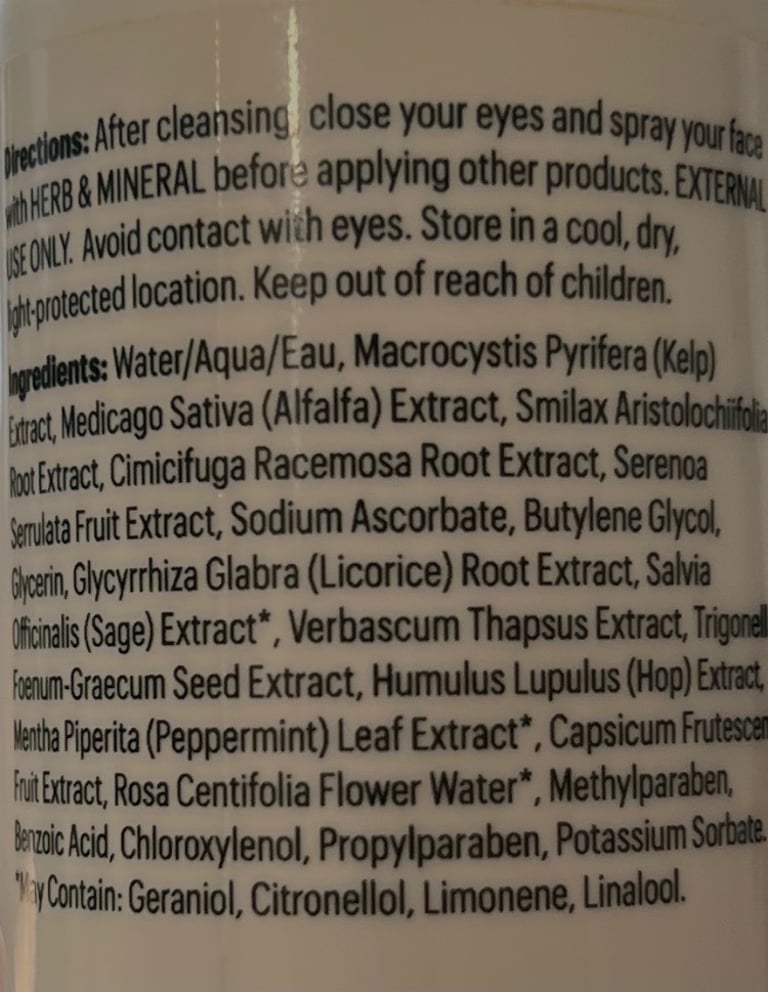
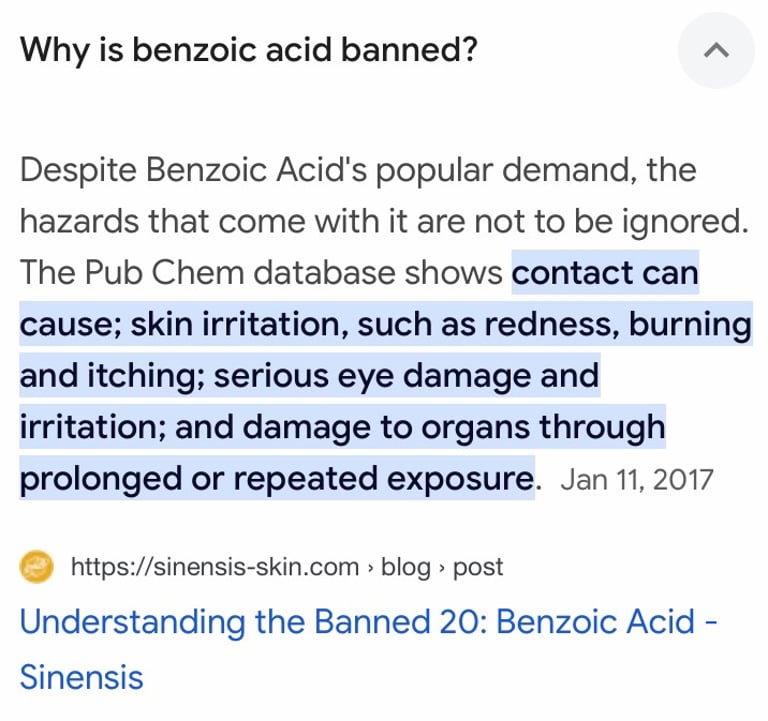
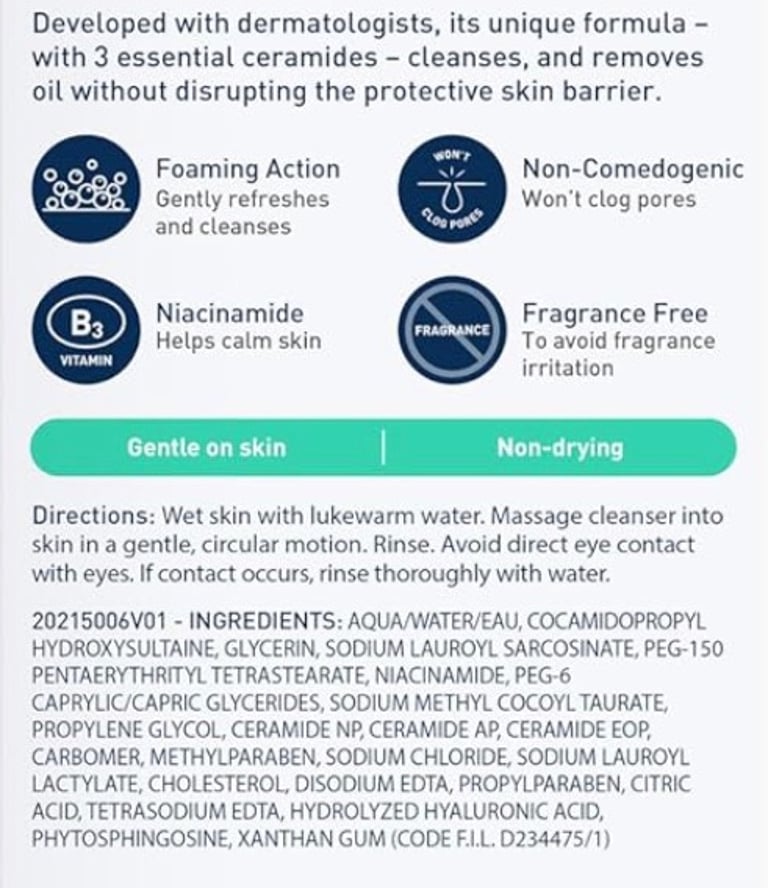
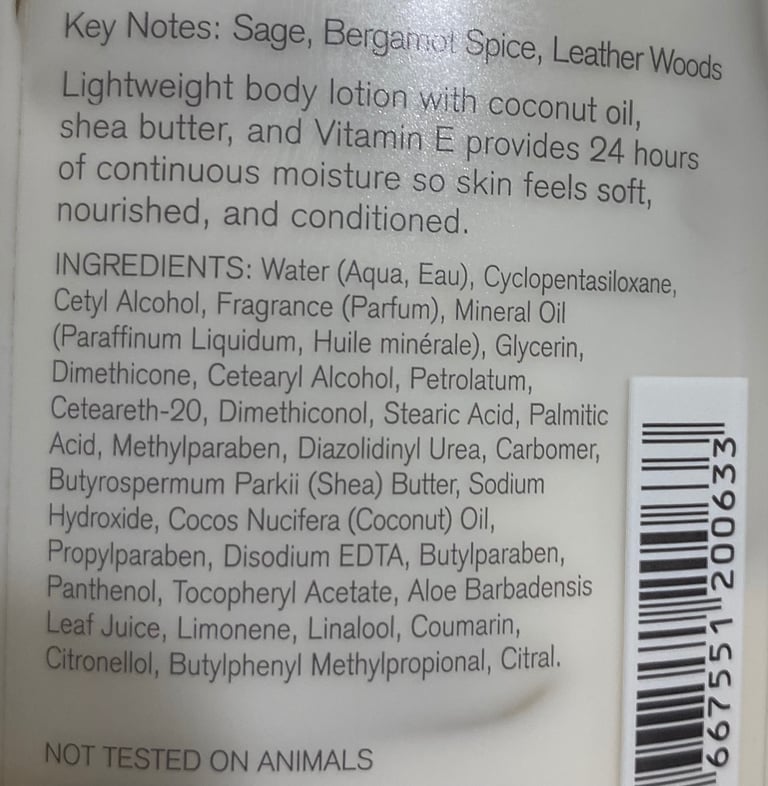
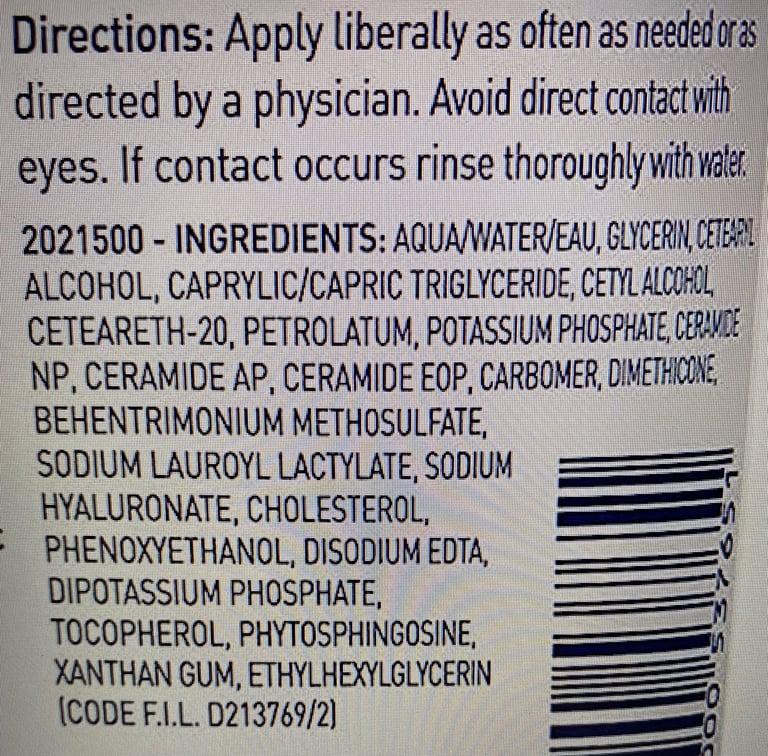
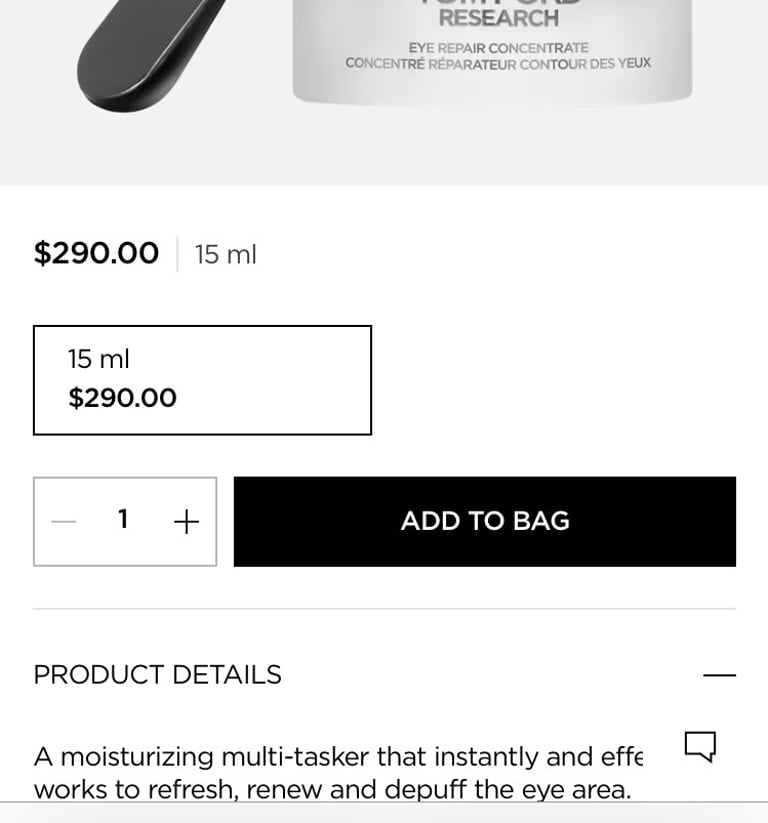
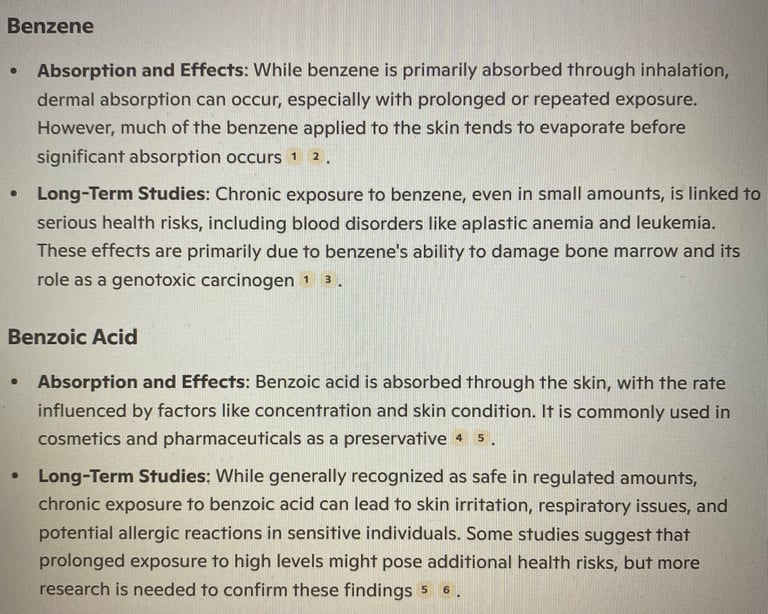
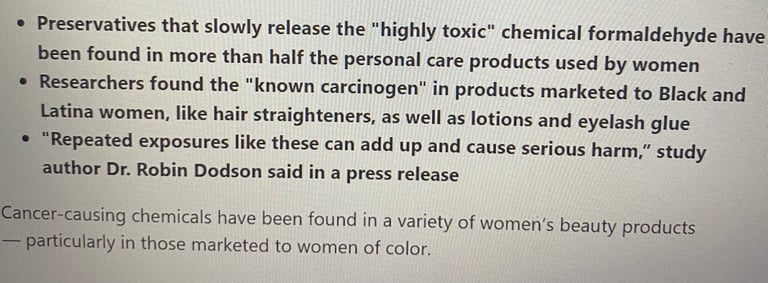
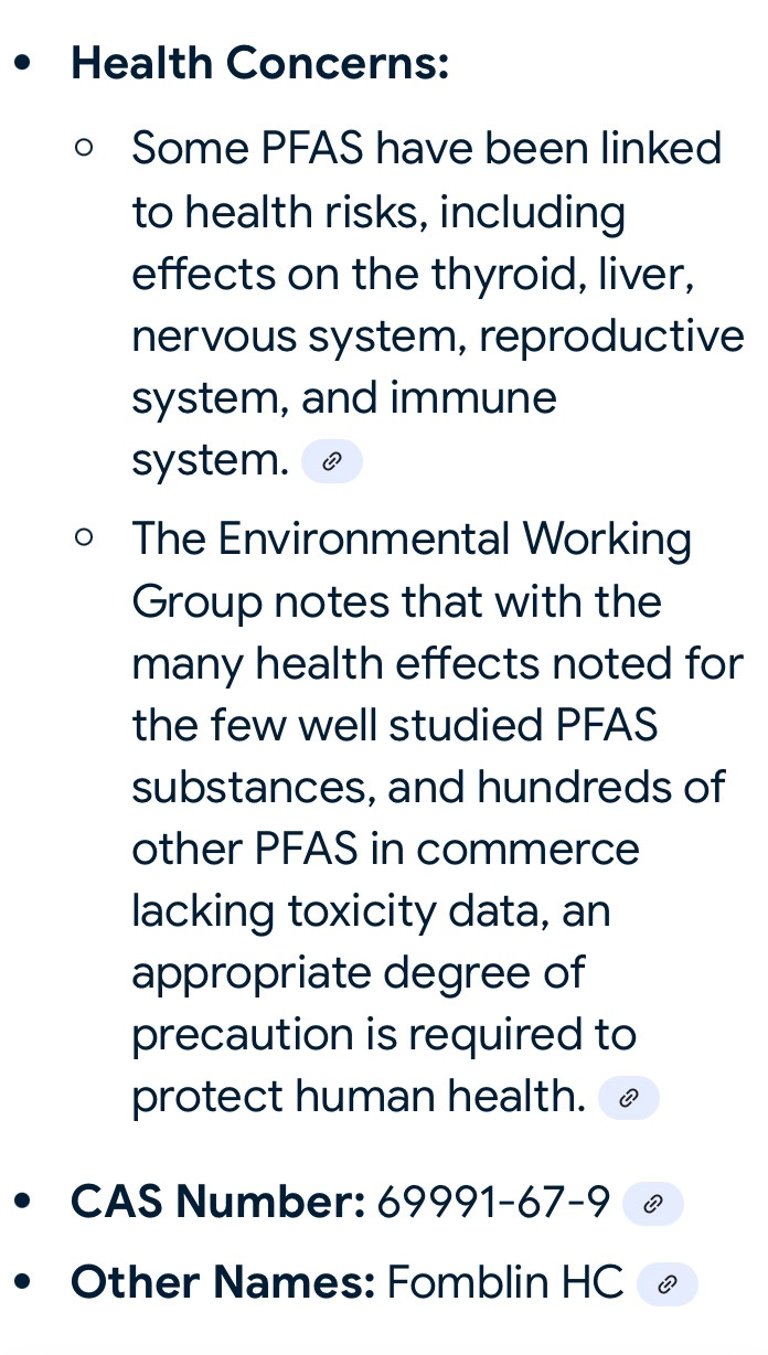
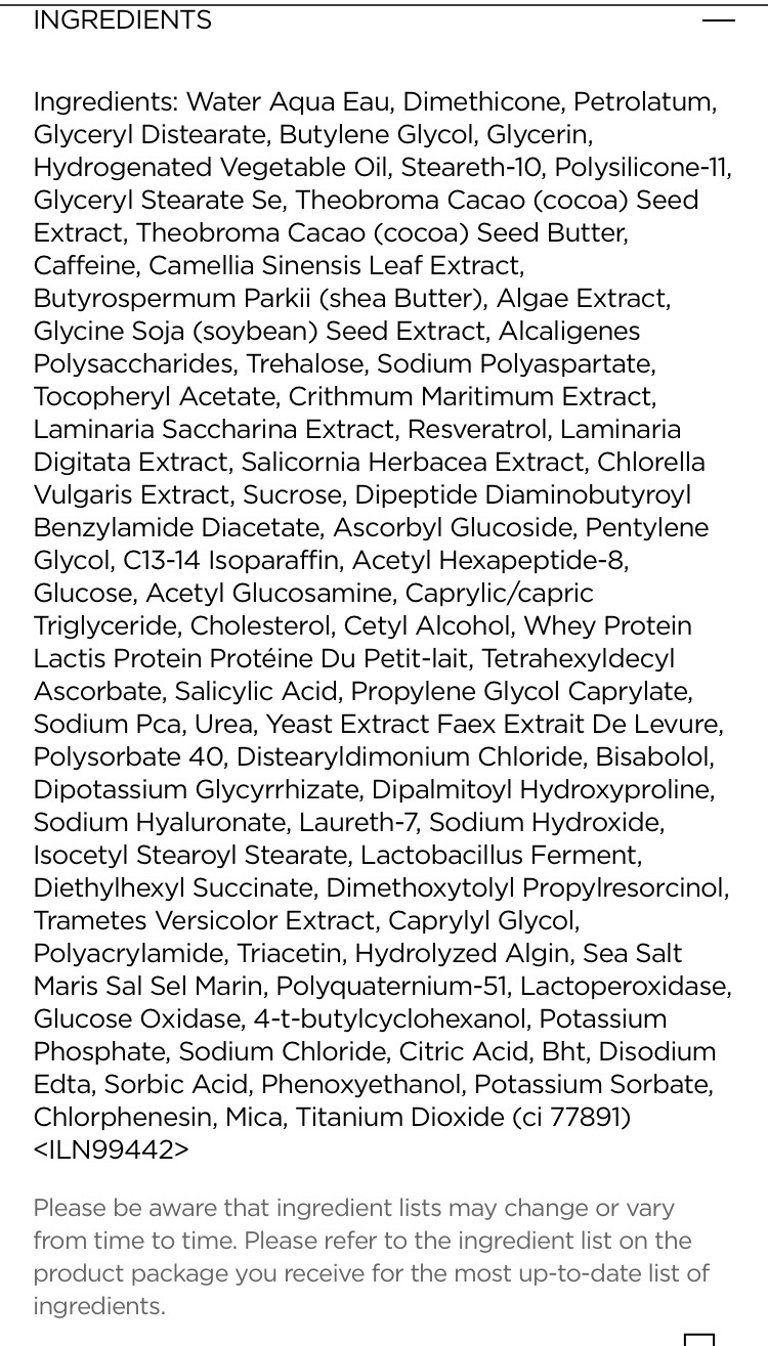
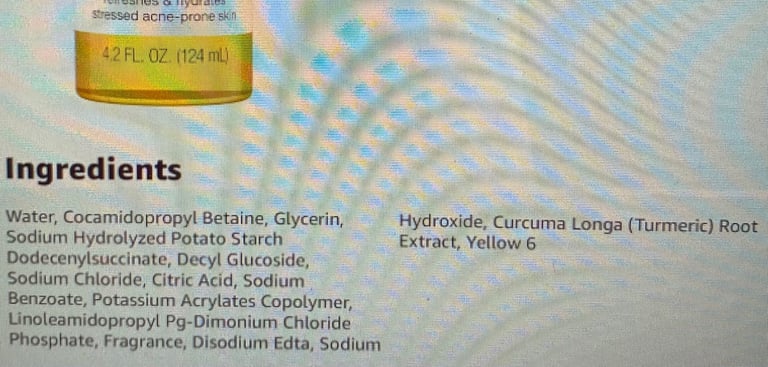
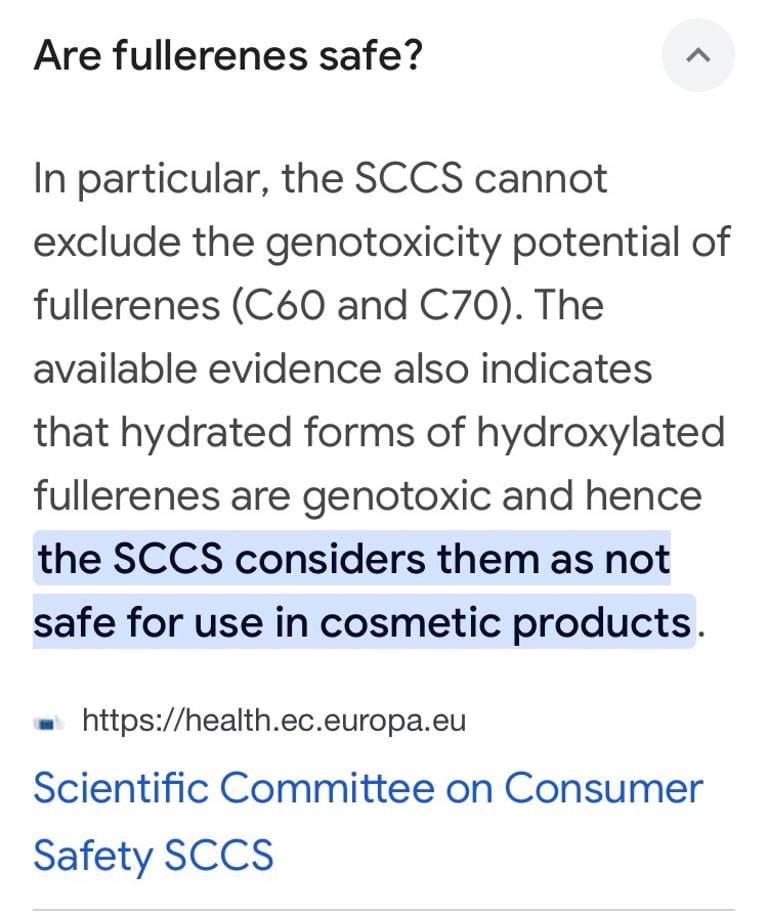
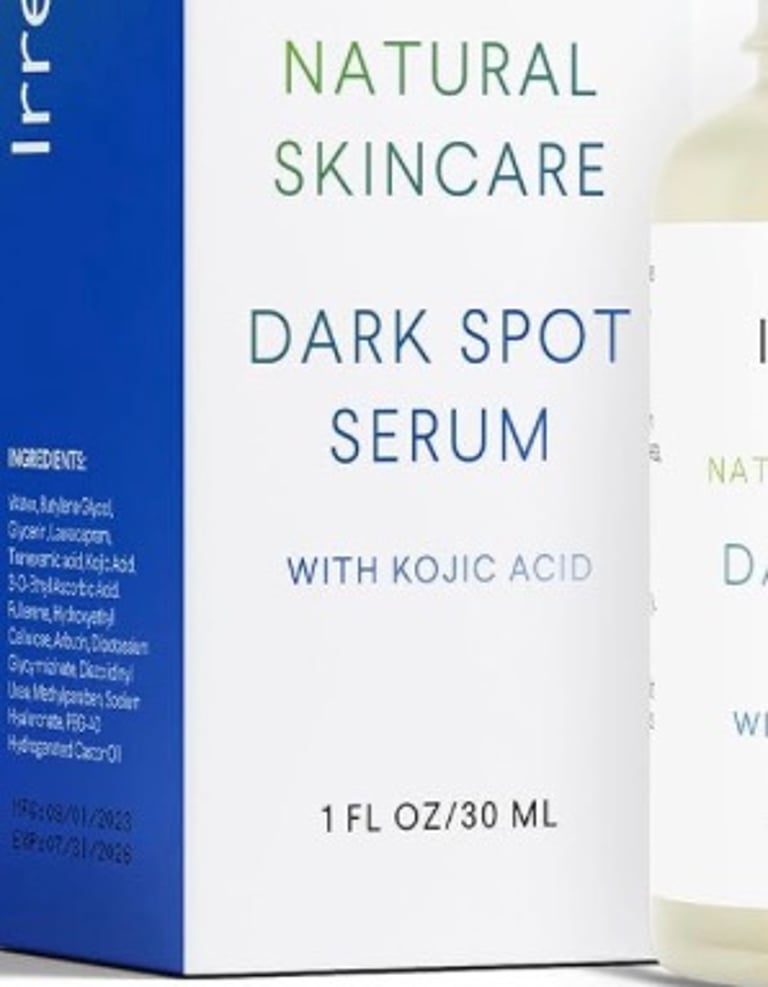
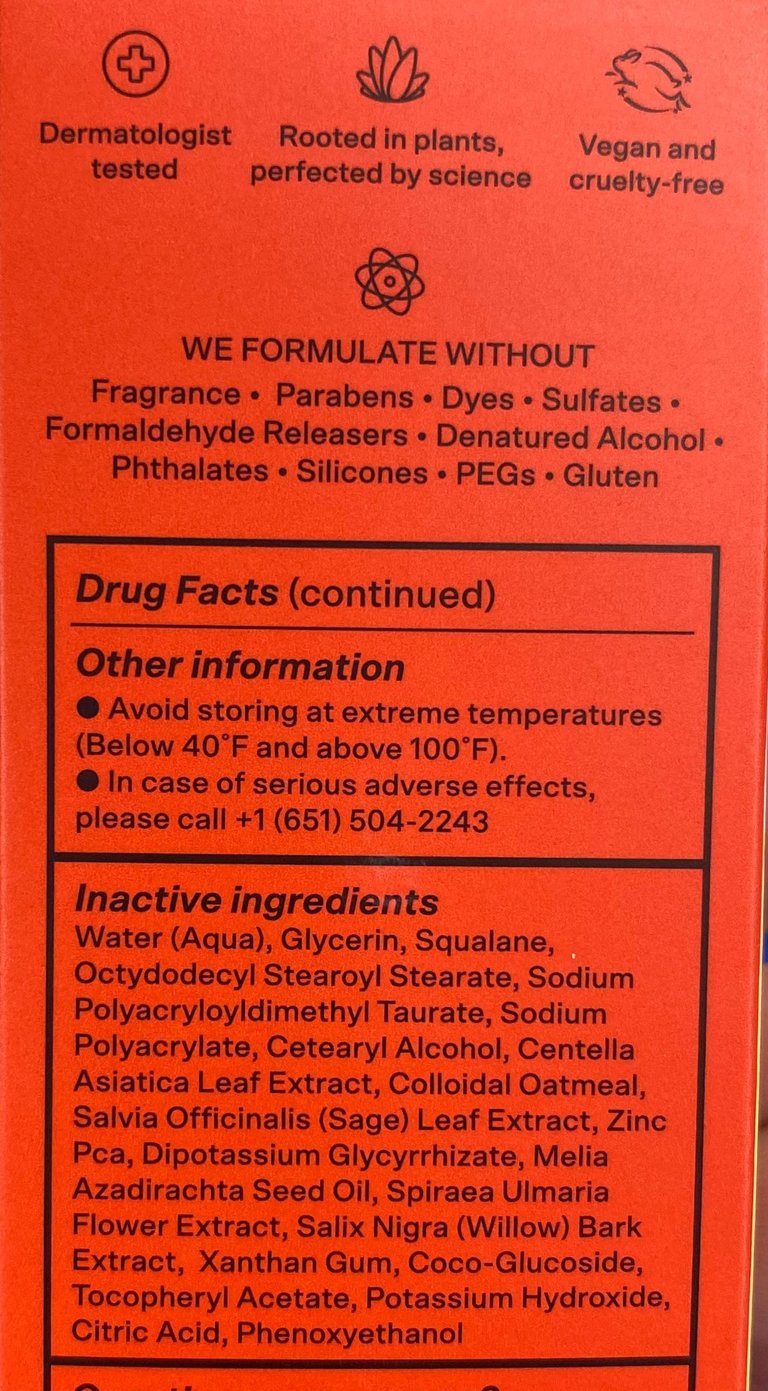
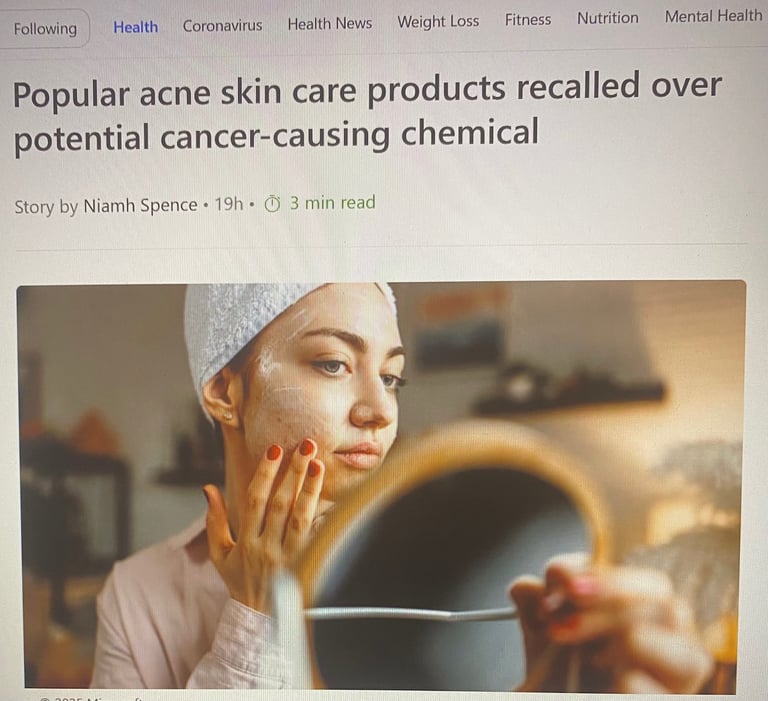
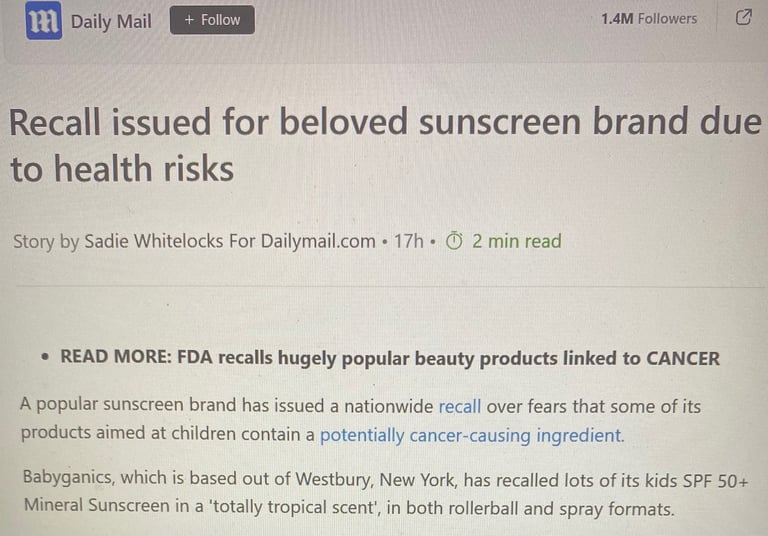

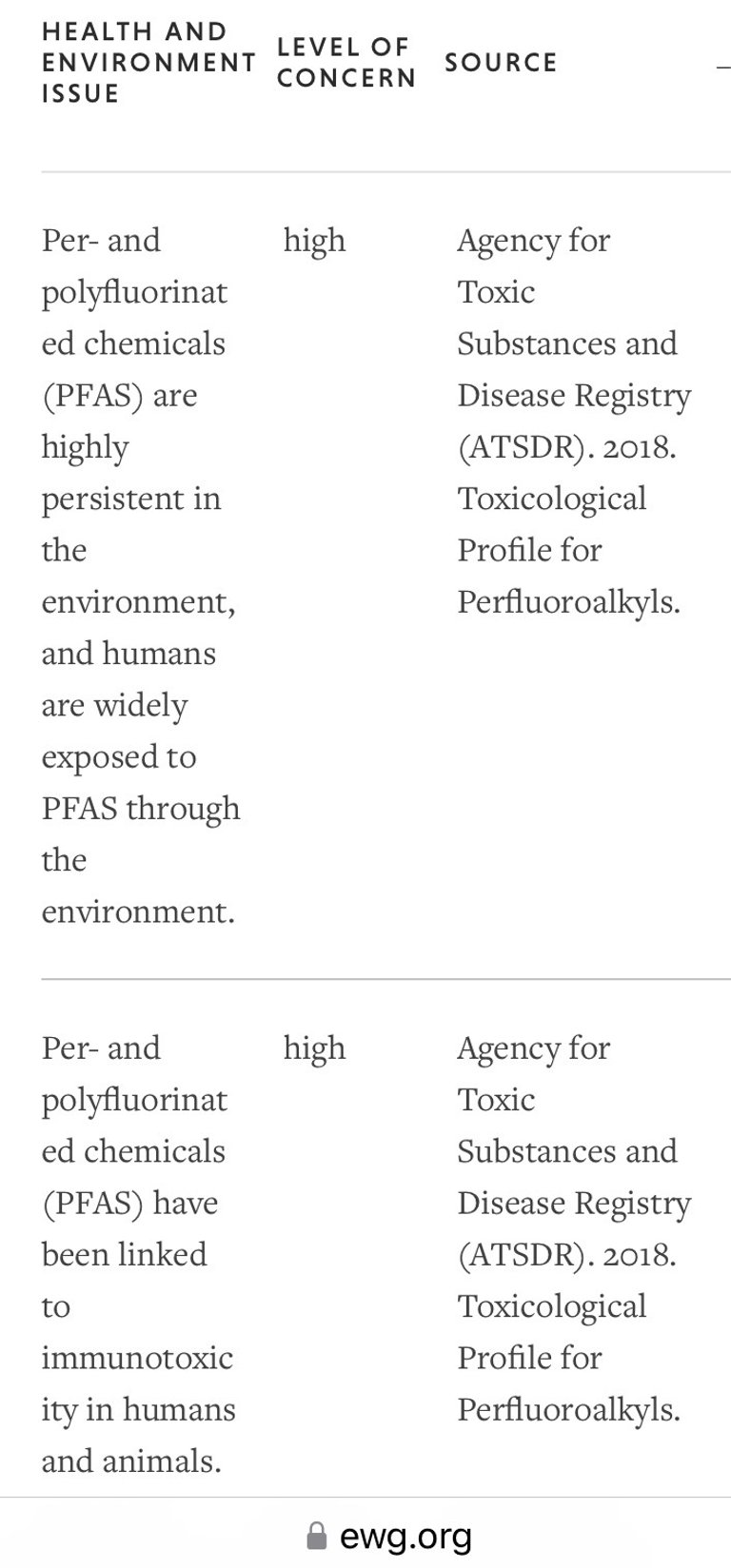
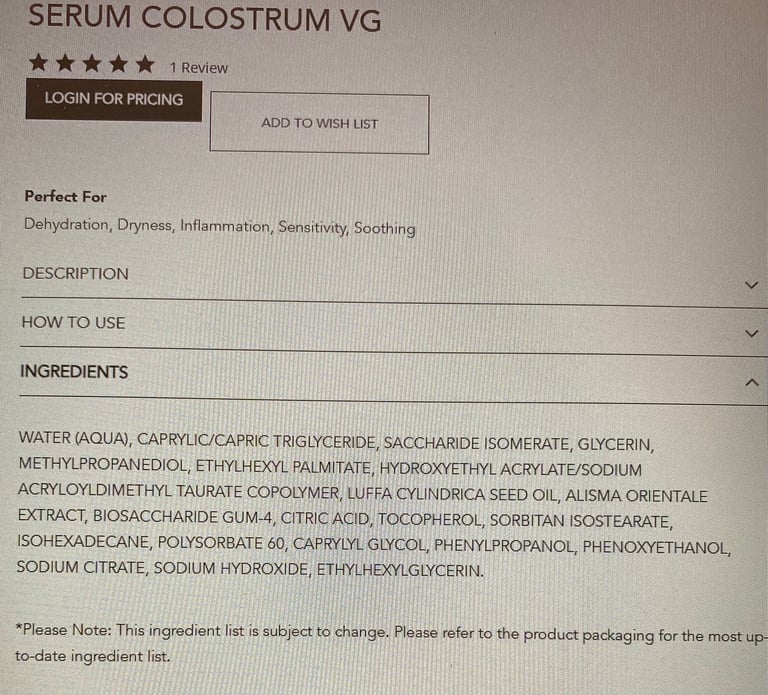
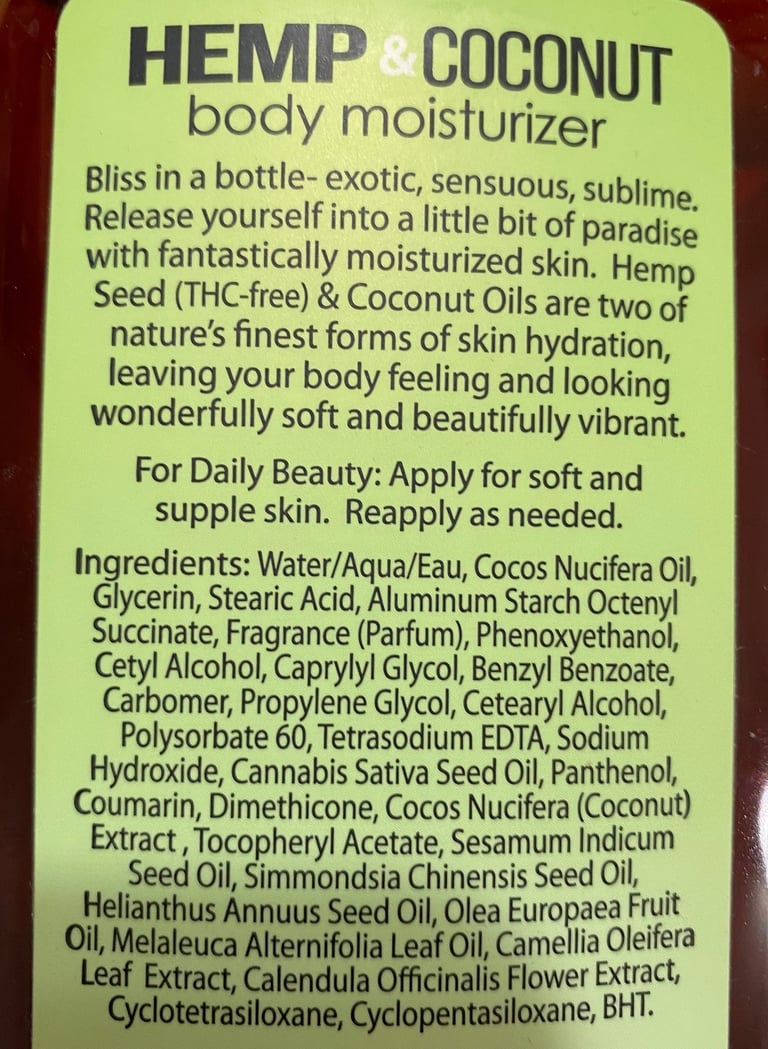
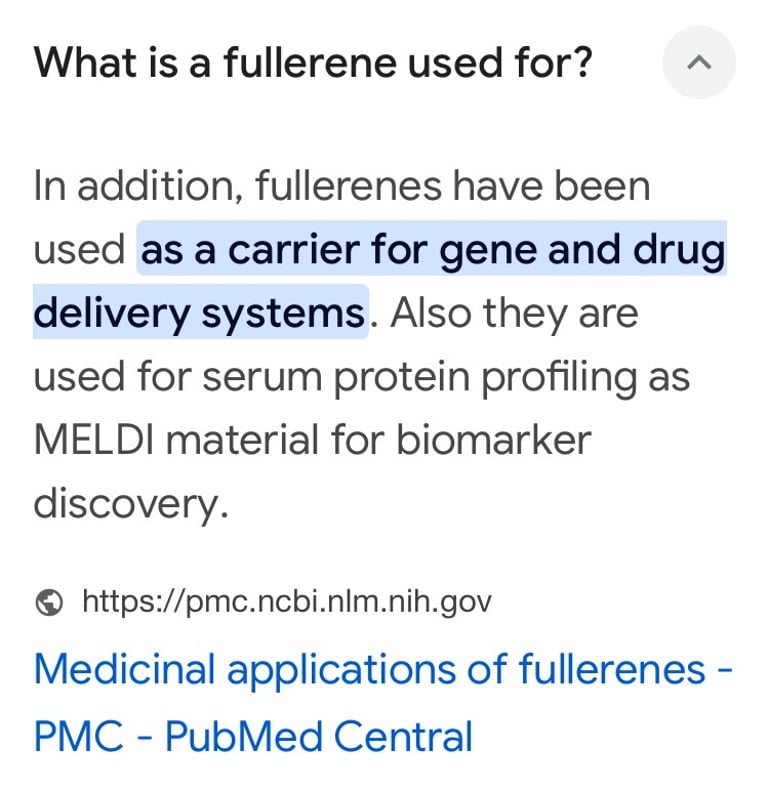
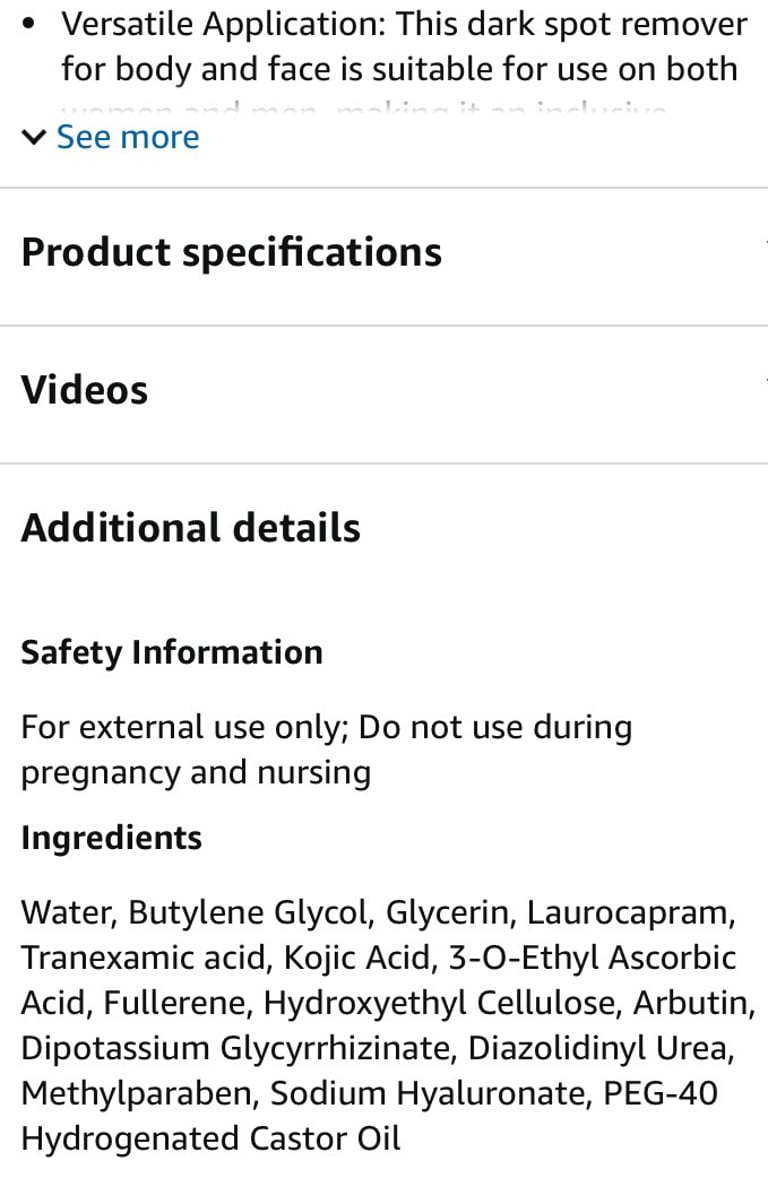
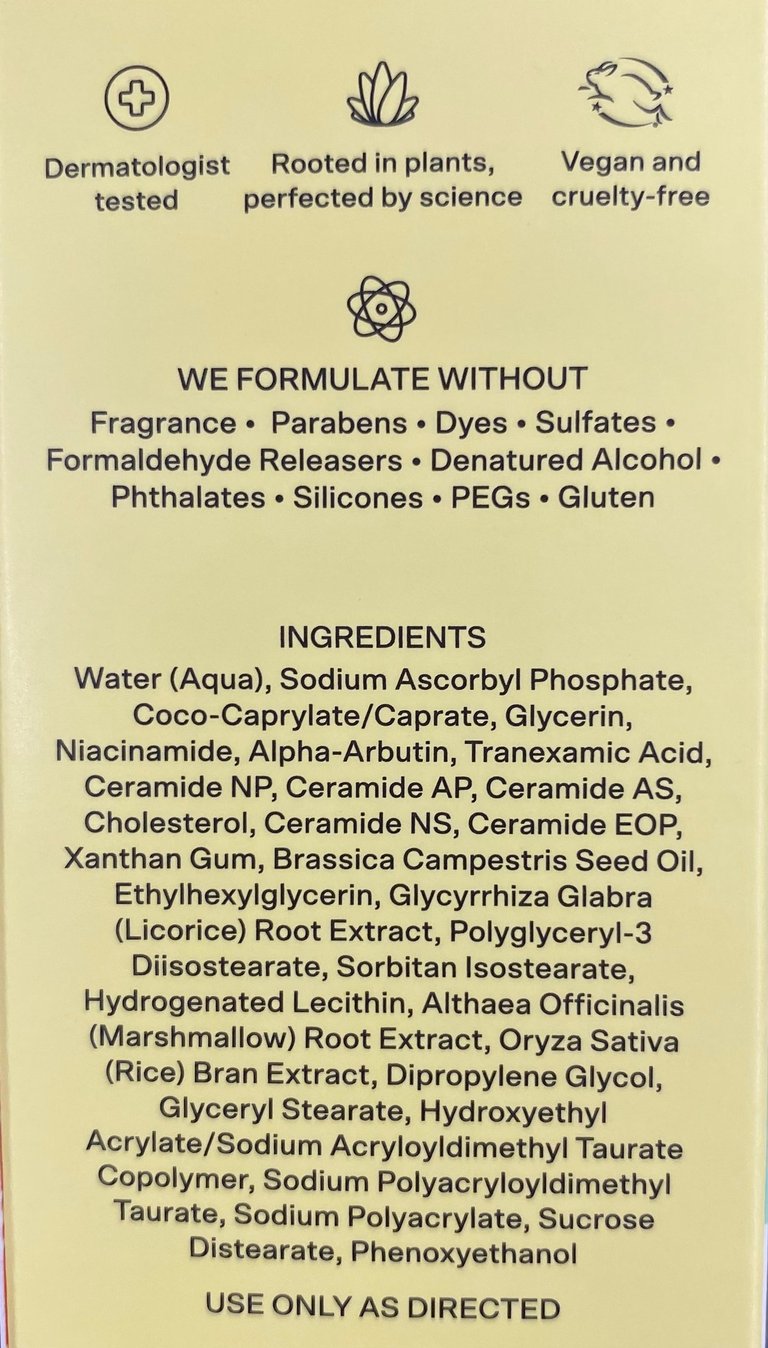

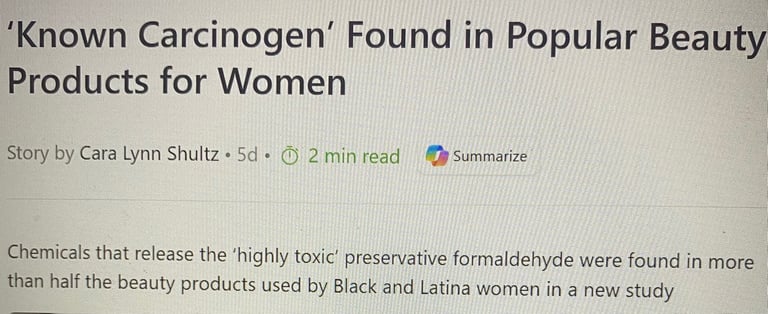
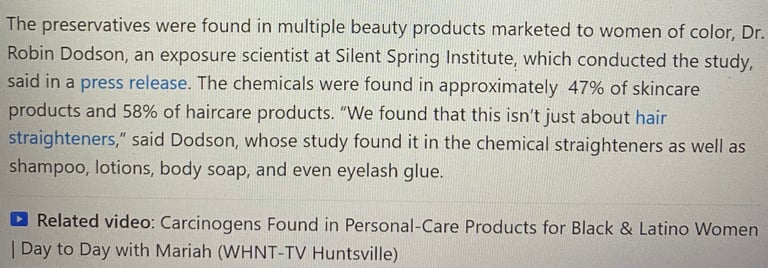



























Reading labels can be time consuming, confusing, frustrating, bewildering, boring and energy draining. So, like most people, we don't like to read them, or don't want to read them at all. Some people want to know what's in the product, others don't care because they were "told" that it works and have the "out of sight, out of mind" attitude, and still others avoid them like a plague, most likely because the list can be lengthy, very confusing, and looking up those long chemical terms can be a waste of time.
Polyperfluoromethylisopropyl ether. This PFAS (a group of synthetic chemicals used in many consumer and industrial products since the 1950's - nicknamed "forever chemicals") has been used in cosmetics for decades and even banned around the world, but we still find it in products today. Perfluorodecalin is also still used in cosmetics which is a fluorocarbon that is a derivative of decalin with all hydrogen atoms replaced by fluorine atoms (claiming it enhances oxygen delivery to the skin). Wait. WHAT? Aren't fluorocarbons toxic and dangerous to humans? Yet another one for the "word salad" is behentrimonium methosulfate, is used in hair and skin products to help emulsify oils and water-based ingredients in the formulas, and, it is derived from rapeseed oil (canola oil), natural vs industrially made which is toxic, which they failed to mention. So all these ingredients listed on many labels make one feel they are back in chemistry class again. It may have been confusing then, and it certainly can be confusing now. At NuVisage, we try to keep labels simple, easy to understand, and in most part pronounceable.
There is plenty of controversy about "safe" synthetics and are low on the toxicity ratings, but try to find long-term studies done on these synthetics, on human skin tissue, and they are difficult to find or don't exist at all. It's also how the synthetic ingredient was developed and processed. How did they achieve the final product? Many haven't shown significant benefits to the skin and the processing may include harmful ingredients that could irritate, damage or be absorbed into the bloodstream. One such ingredient still being used is monochloroacetic acid which is produced by the chlorination (chlorine) of acetic acid (vinegar), which is a toxic substance and can cause severe skin burns, eye damage, and respiratory irritation. It is also harmful to aquatic life. It is most commonly used for industrial development of herbicides, plastics, pharmaceuticals, flavors, cosmetics and other organic chemicals. It's a very strong acid. Chemical peel, anyone?
One serum's label (below) shows that they use tranexamic acid, which is an antifibrinolytic used to prevent hemorrhagic episodes, especially in the context of hyperfibrinolytic disorders. Tranexamic acid is a synthetic derivative of lysine used as an antifibrinolytic in the treatment and prevention of major bleeding.
The following examples of labels are from various products available to consumers, many of them are very popular and others are from high end designers, as observed by one of the last labels showing a 15 ml bottle of eye cream for $290.00 (15 ml is 0.5 oz.).
It can be quite overwhelming to read through some of the labels and understand the list of ingredients, but this is exactly what we all deal with daily when we shop for products.
If you have the general curiosity and patience to read through some of the labels, please keep in mind that we are NOT into the "blame game", but trying to make consumers (you) aware of the product ingredient confusion, deception, and false advertising they portray. The FDA, government lobbyists, consumer labeling departments, etc. are only concerned that the label states what the ingredients are and hold true to that. Yes, the product does contain polyperfluoromethylisopropyl ether because it is on the label of ingredients ... but what the hell is it? Nobody questions that. It goes unnoticed. Does the product do what it claims to do? I think so. Maybe.
We believe it's time for a change. A better understanding and increased concern of the products that are labeled "safe" by the experts and more information provided to the public consumer who spend their hard earned money on products claiming to do a "miracle" or "do no harm". Our goal and mission is to be very transparent of the ingredients we use, where they come from, processing, reasons for using them, etc. We hide nothing, not even the natural scents of our products which we refuse to cover with any artificial fragrances or perfumes. What you smell in every bottle is ... nature, as she intended!
So JOIN the movement, the new revolution for natural healthier, beautiful, radiant skin.
Pure. Honest. Wildly Natural. Truly clean skincare - no synthetics, no fillers, no fine print. Just organic, nutrient-rich botanicals your skin knows and loves.
This is wellness without compromise!
Resilience, heart, and purpose
Experience the essence of natural skin care.
Natural - 100% Pure
nuvisageskincare.com
lolenterp@gmail.com
© 2024. All rights reserved. LOL Enterprises LLC